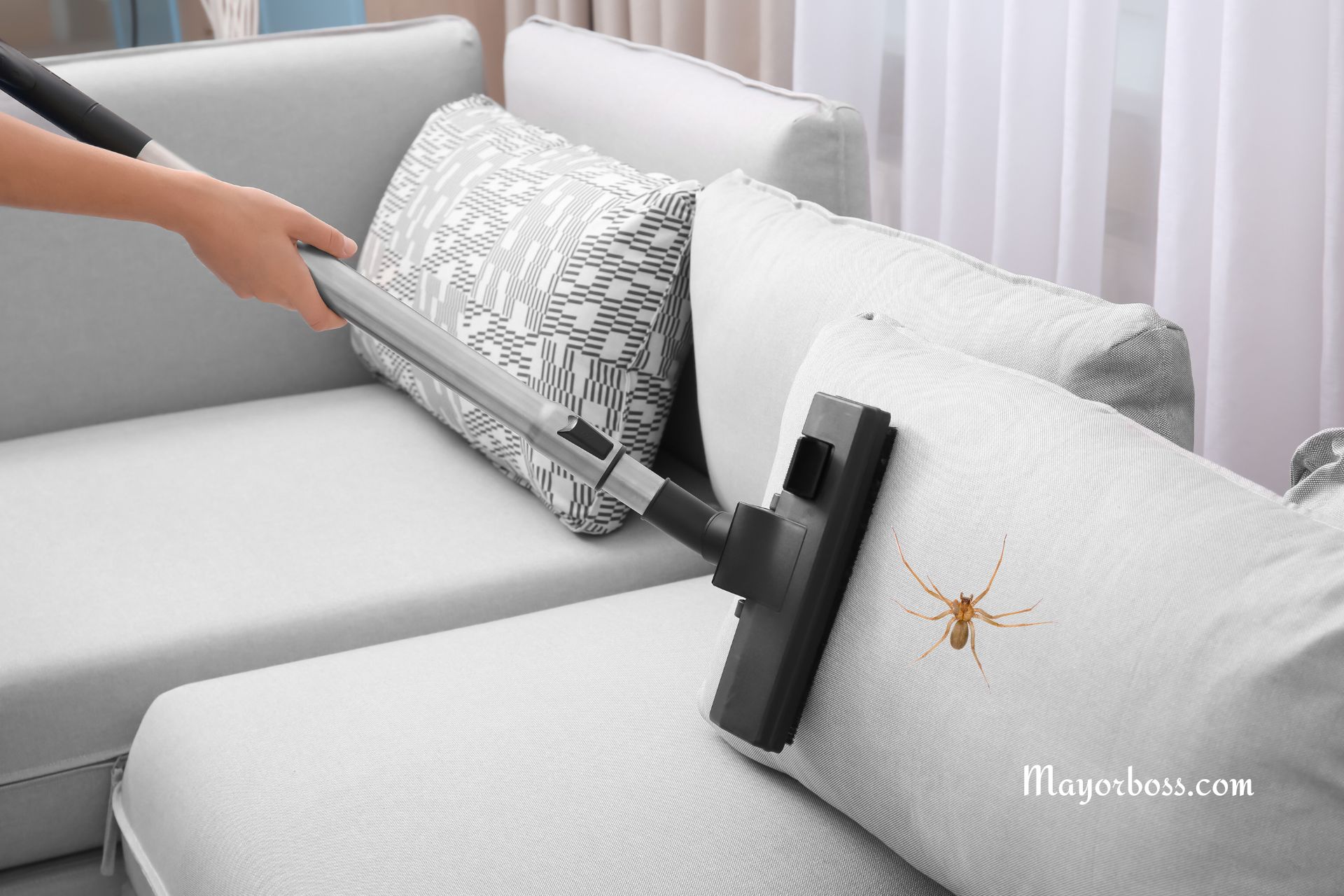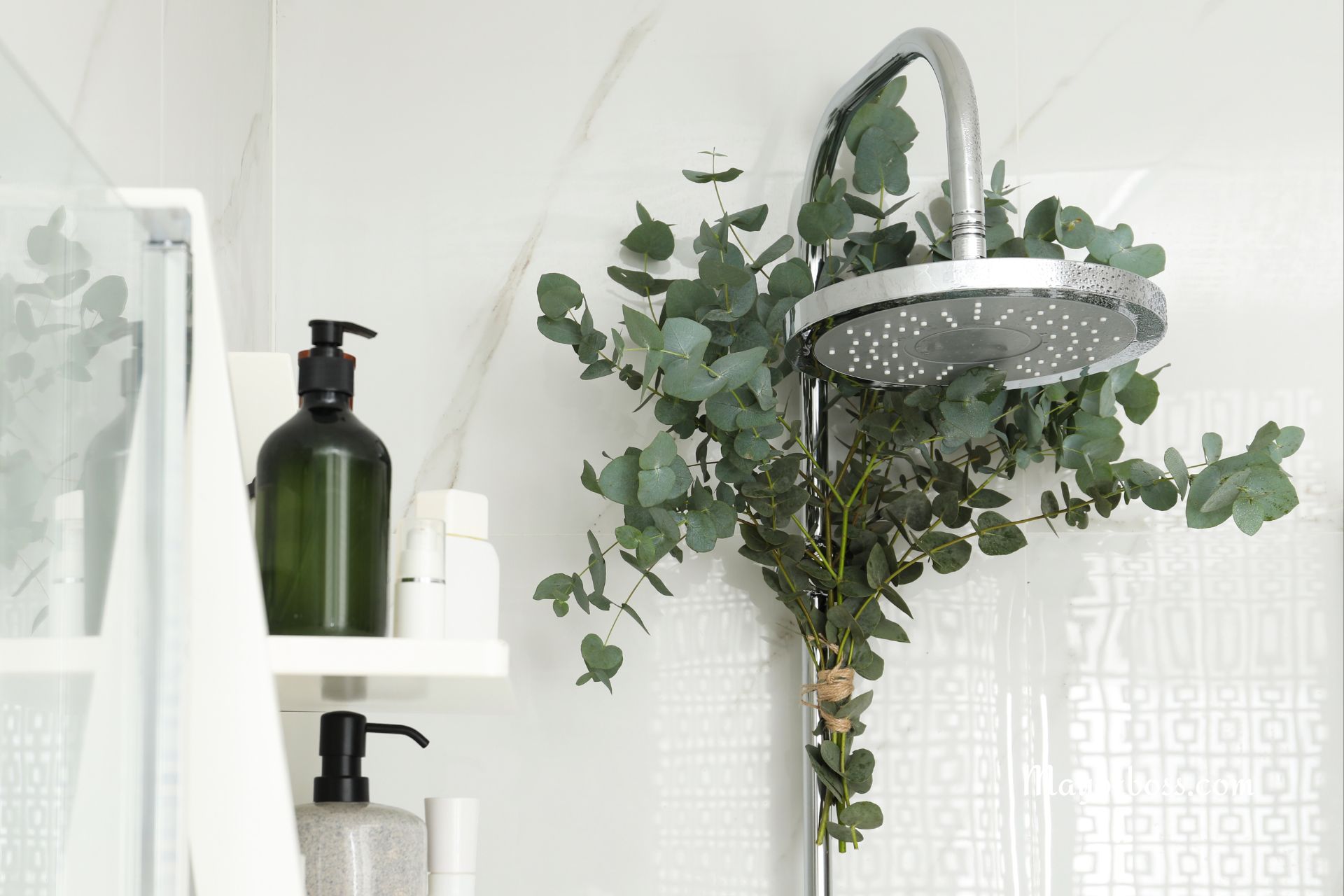7 Things to Never Clean With Baking Soda
Baking soda is a versatile household cleaning agent, but it can scratch, corrode, or damage certain surfaces. Avoid using baking soda on aluminum cookware, glass stovetops, gold-plated items, marble or quartz surfaces, wood furniture, ceramic cooktops, and electronics.

Many people turn to baking soda for cleaning because it’s gentle, natural, and budget-friendly. It works wonders on stubborn stains, removes odors, and polishes many surfaces. However, not every material welcomes baking soda. In fact, using it on the wrong surface can cause lasting damage or dull the finish.
Let’s explore seven things you should never clean with baking soda.
1. Aluminum Cookware
At first glance, aluminum pots and pans seem tough. But baking soda reacts with aluminum, especially if the item is not coated. Over time, baking soda can oxidize aluminum, causing discoloration and a chalky white residue. While it won’t ruin the cookware right away, repeated use weakens the metal and may lead to pitting. If you want your aluminum pans to last, skip the baking soda.
2. Glass Stovetops
Glass stovetops are designed to look sleek and shiny. Baking soda is a mild abrasive, so it can leave tiny scratches on glass surfaces. These small scratches may not be obvious at first, but over time, they build up and make the surface look cloudy or dull. For glass stovetops, use cleaners made specifically for smooth surfaces to keep them looking new.
3. Gold-Plated Items
Gold-plated jewelry and utensils have a very thin layer of gold over another metal. Baking soda is abrasive enough to wear away this layer with repeated cleaning. The result? The gold can fade or disappear, exposing the base metal underneath. Always use a gentle soap and soft cloth when cleaning anything gold-plated.
4. Marble or Quartz Surfaces
Natural stone countertops, like marble and quartz, add beauty and value to your home. But they are sensitive to both acids and bases, including baking soda. Cleaning with baking soda can cause dull spots or even etching, which appears as cloudy marks on the surface. It’s best to use pH-neutral cleaners for stone countertops to protect their finish.
5. Wood Furniture and Floors
Baking soda might seem safe for wood, but it can strip away protective finishes and dry out the wood itself. When used on wood furniture or hardwood floors, baking soda can make the surface look uneven and dull. In some cases, it may even raise the grain of the wood, making it rough. For wood, stick to specialized cleaners or a mild soap solution.
6. Ceramic Cooktops
Like glass, ceramic cooktops are prone to scratches. Baking soda can act like fine sandpaper, leaving small grooves that attract dirt and make future cleaning harder. Over time, this can ruin the look of your cooktop. Use a soft sponge and a cleaner labeled safe for ceramic instead.
7. Electronics
It’s tempting to use baking soda to clean up sticky spots or residue on phones, tablets, or keyboards. However, baking soda is a powder that can work its way into crevices and damage delicate electronics. It can also scratch plastic screens. For electronics, use a microfiber cloth and cleaners designed for screens or sensitive equipment.
What Should You Use Instead?
- Aluminum cookware: Use mild dish soap and a soft sponge.
- Glass and ceramic stovetops: Choose specialized cleaners and non-abrasive pads.
- Gold-plated items: Stick to gentle soap and water, then dry immediately.
- Stone surfaces: Use a pH-neutral stone cleaner.
- Wood: A damp cloth with diluted mild soap is safest.
- Electronics: Use microfiber cloths and cleaners made for screens.
FAQs
1. Can I mix baking soda with vinegar for cleaning?
You can, but the mixture creates a fizzing reaction that may not be effective for scrubbing certain surfaces. Avoid this mix on stone, wood, or delicate materials.
2. Is baking soda safe on stainless steel?
Generally, yes. Baking soda is safe for stainless steel sinks and appliances, but always use a soft cloth to avoid scratches.
3. What should I do if I accidentally damage a surface with baking soda?
Stop using baking soda immediately. Rinse the area with water, dry thoroughly, and follow up with a product designed for that material.
4. Are there any surfaces where baking soda is especially helpful?
Baking soda works well on ceramic tiles, grout, some sinks, and inside refrigerators to remove odors.
5. How can I tell if baking soda is too harsh for a material?
Test it on a small, hidden spot first. If you notice dullness, scratches, or color change, choose another cleaning method.






